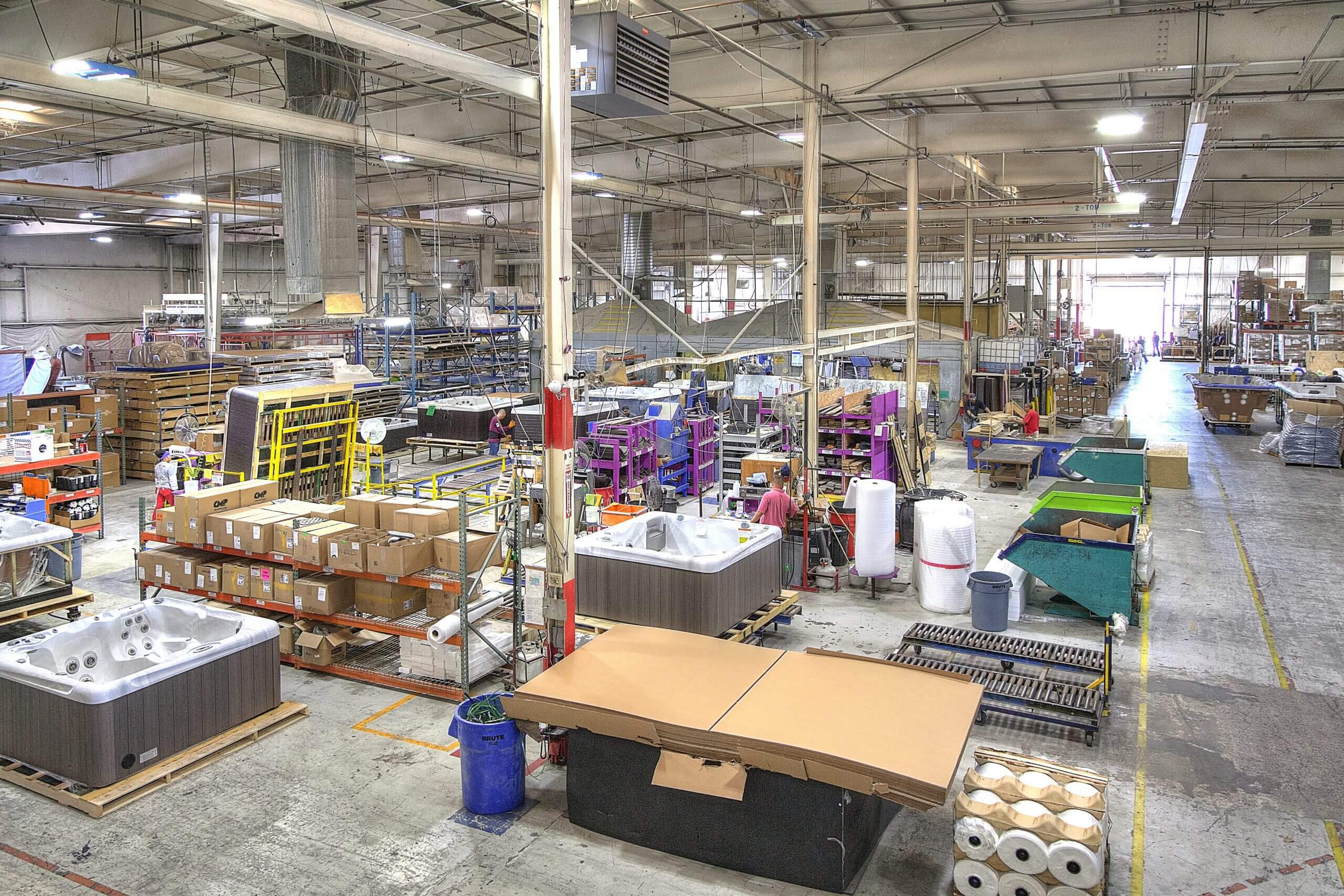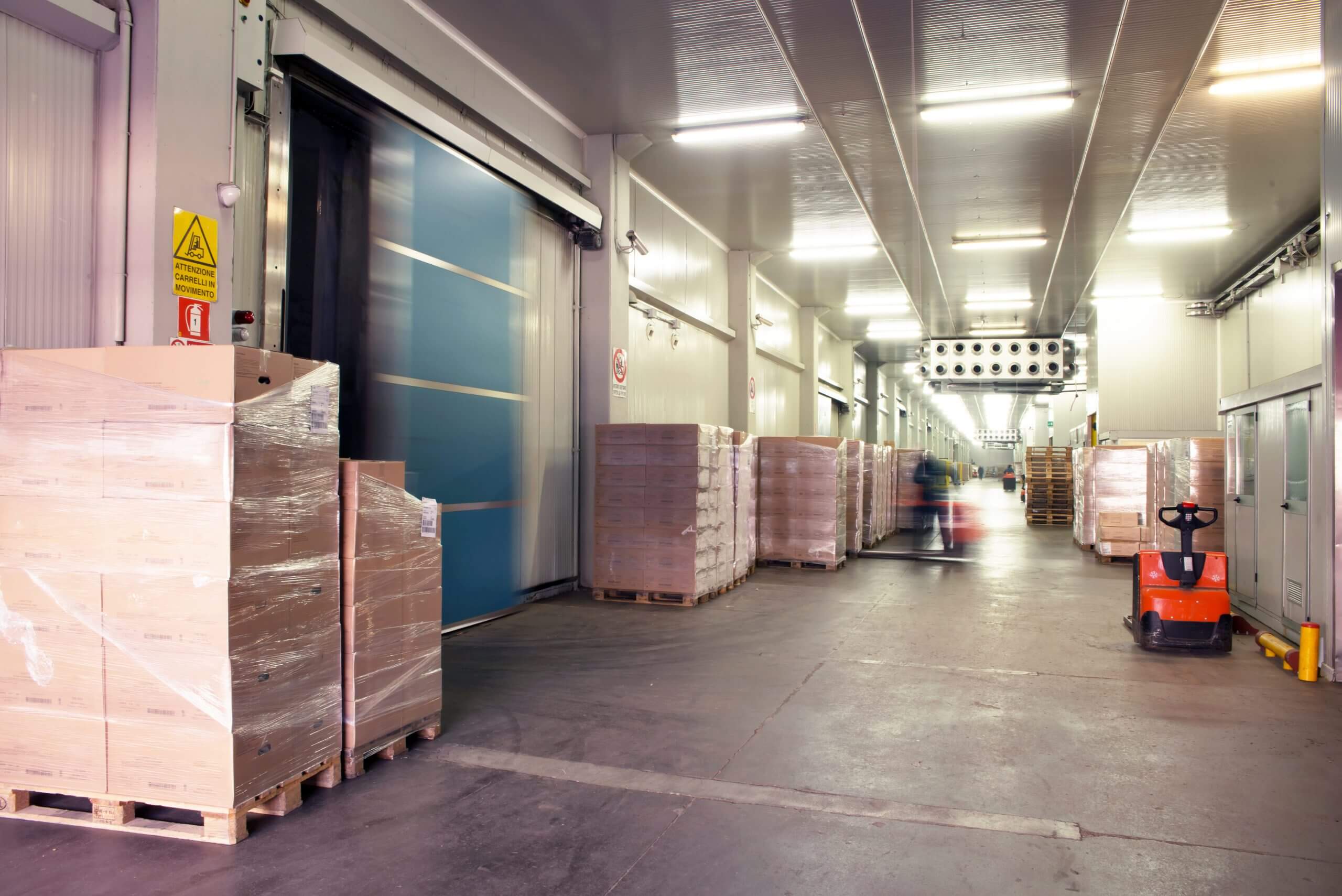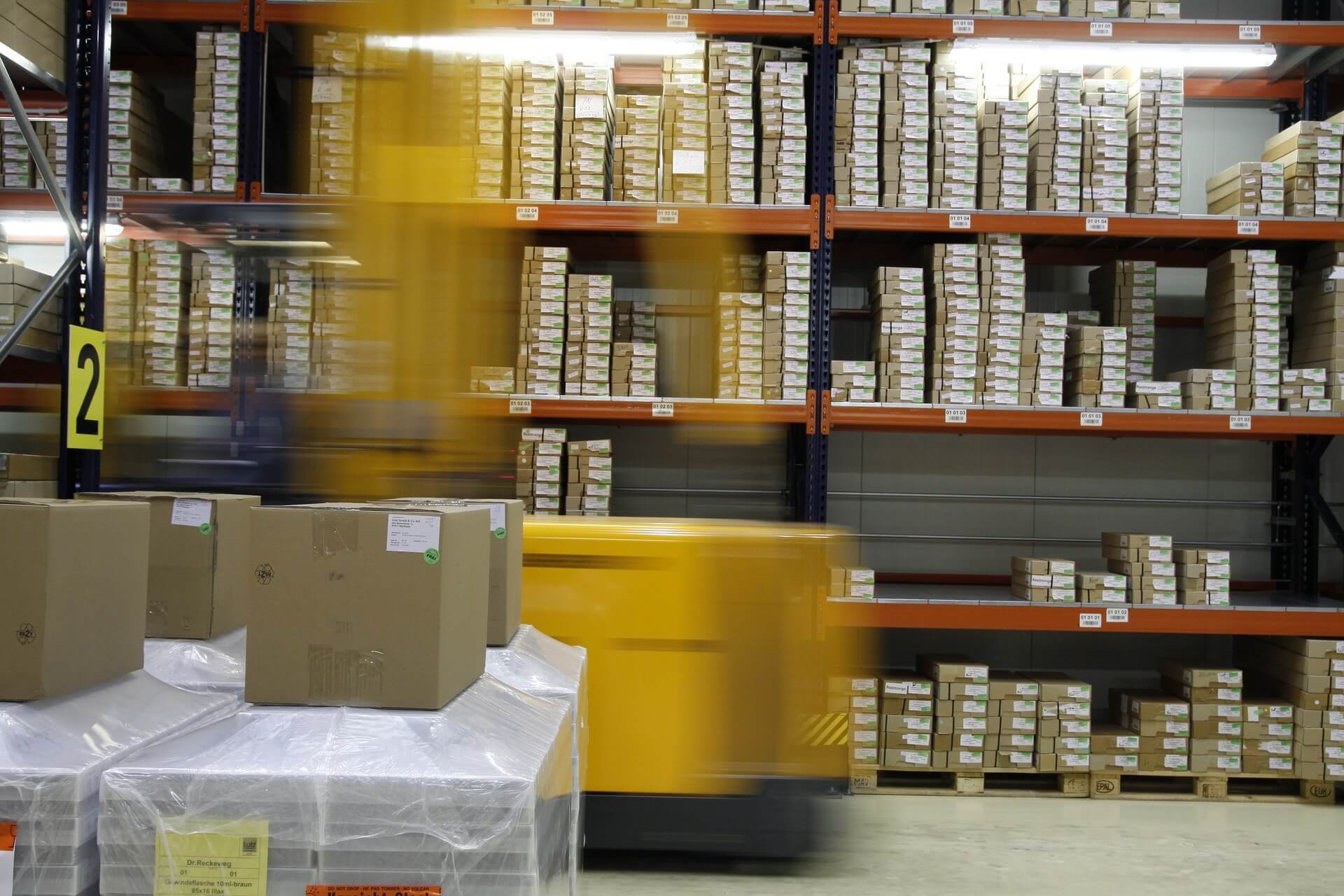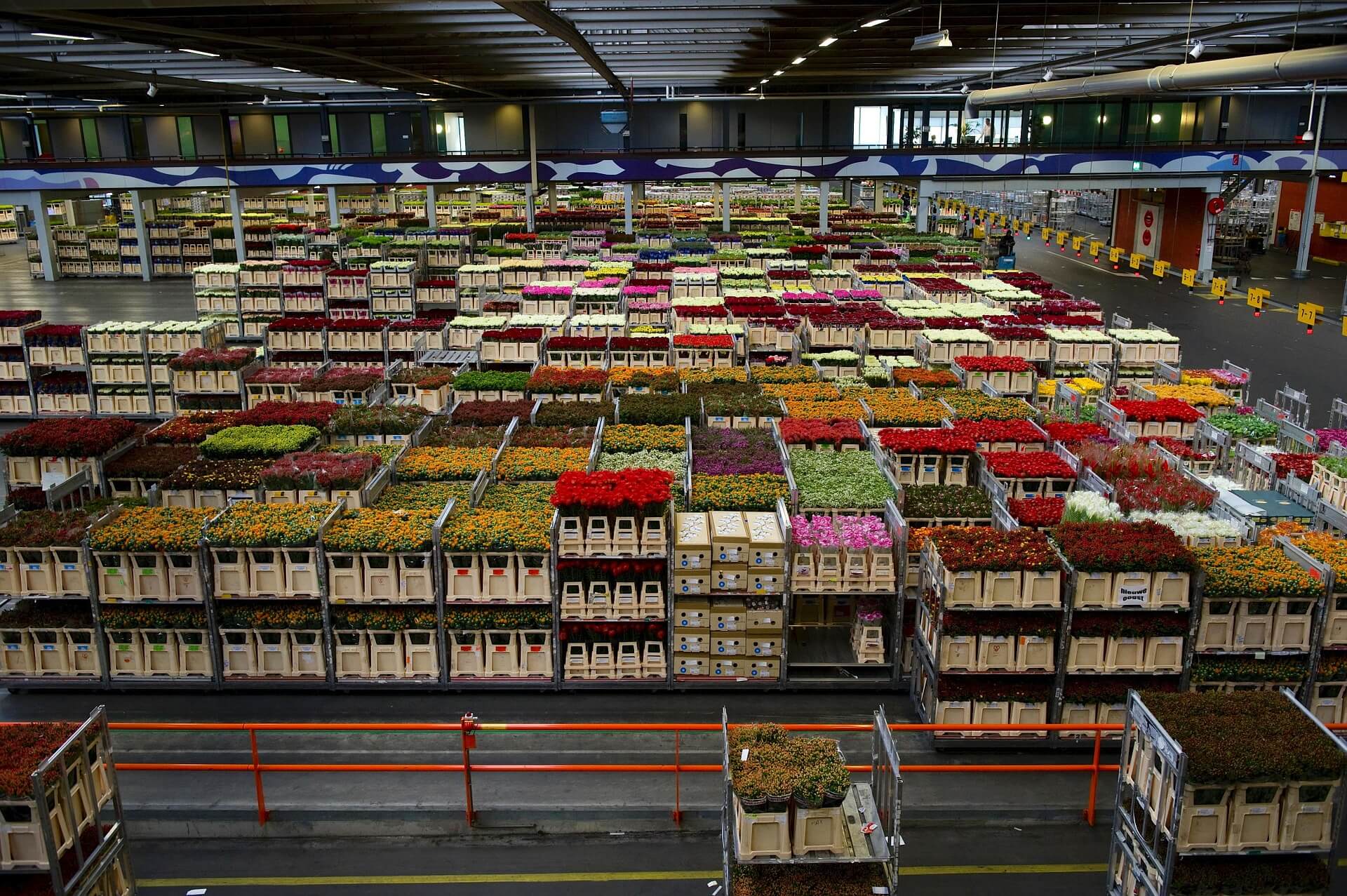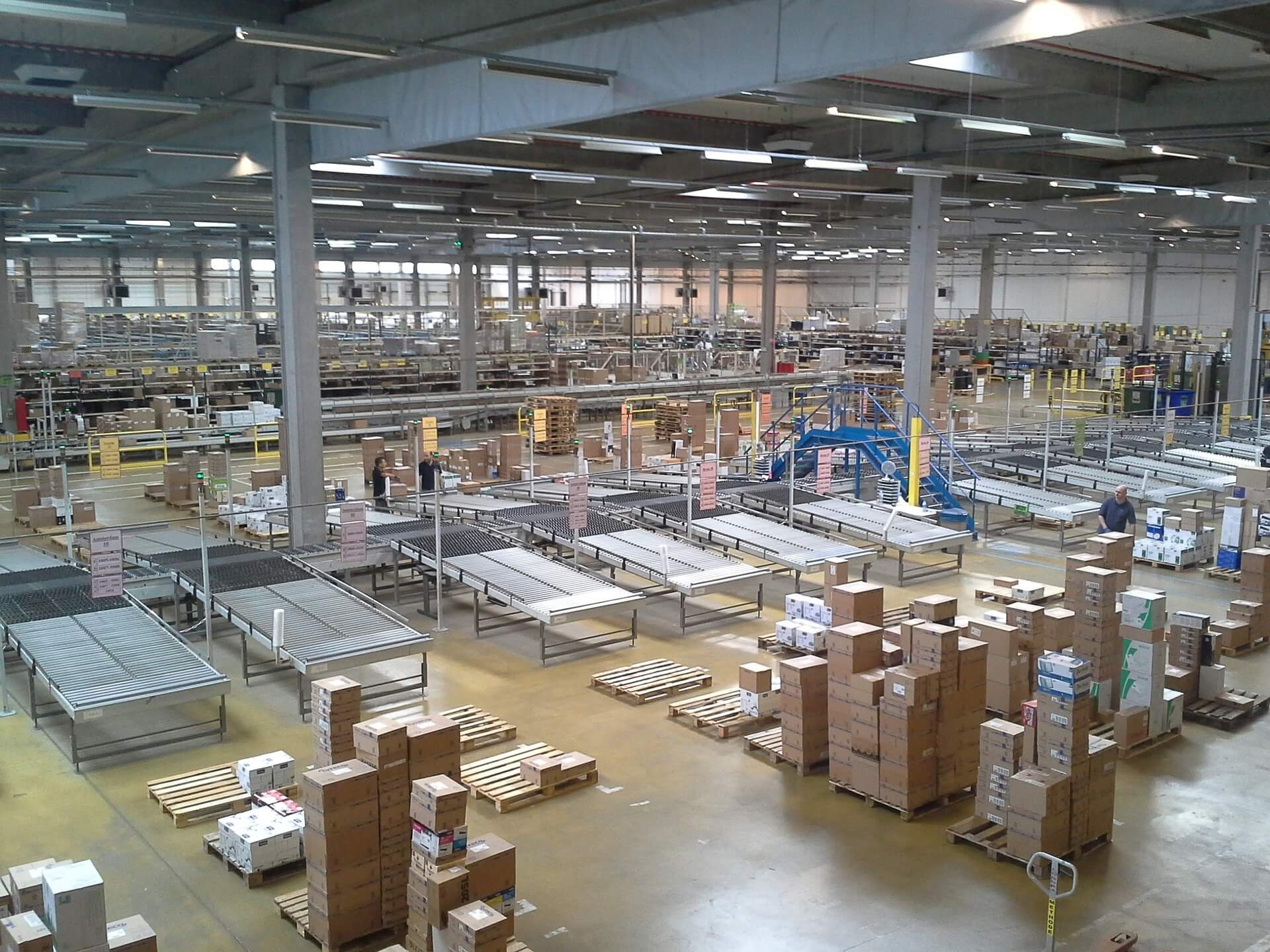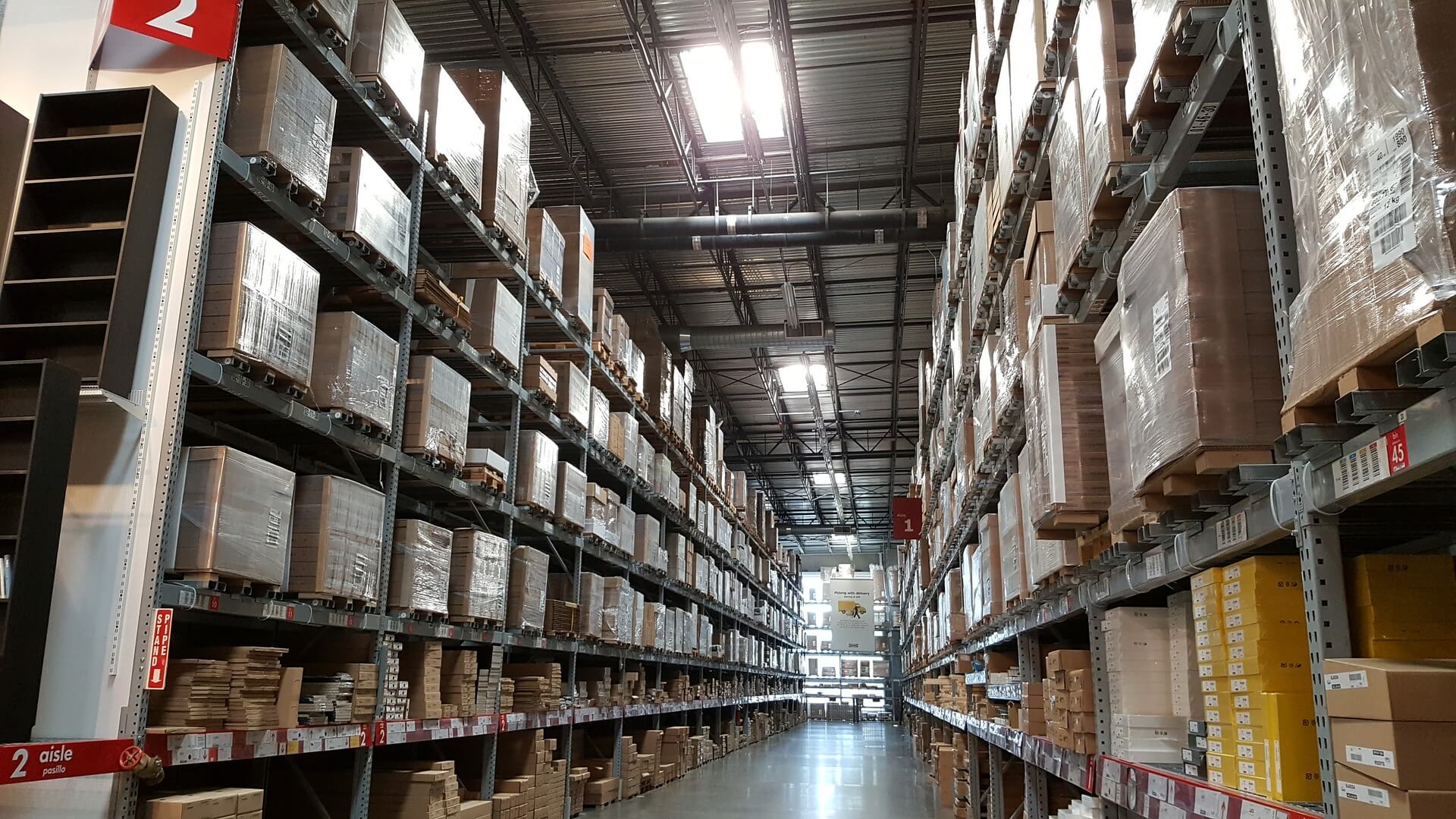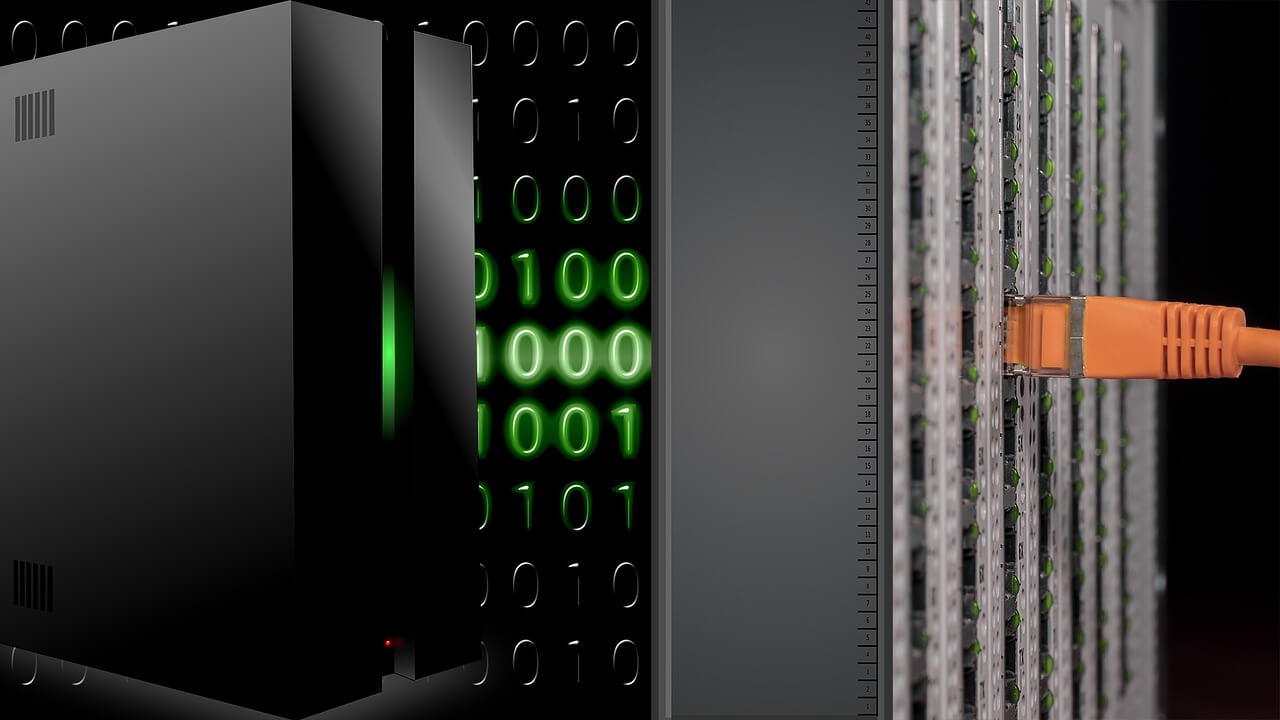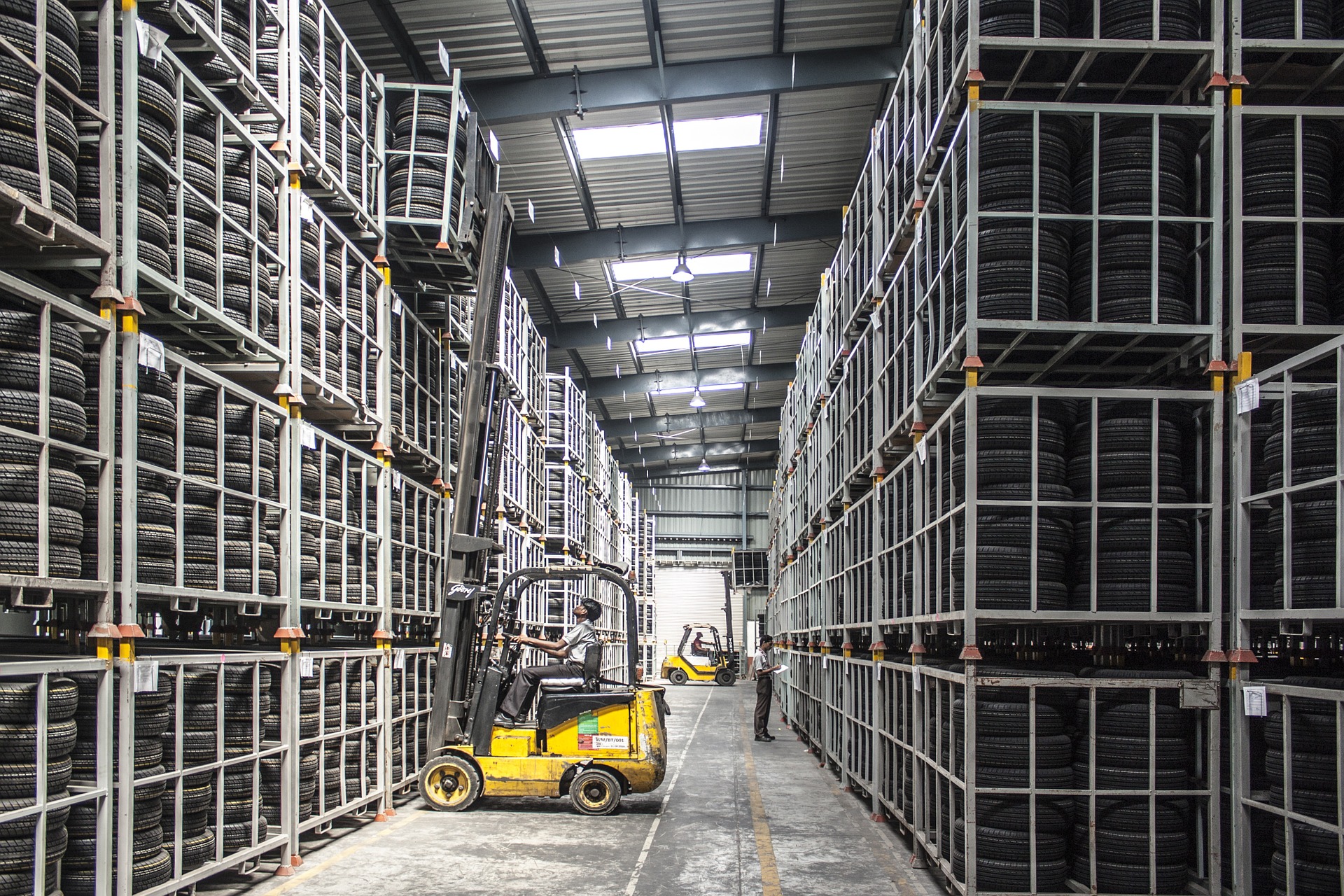Facility managers are always working towards improving employee safety and increasing productivity. One key component that can support both is energy-efficient LED lighting.
There are many reasons why facility managers are interested in upgrading to LED lighting, most importantly the ability to create a safer work environment for their employees, but also the opportunity to save a significant amount of money. Both of which can be achieved through efficient LED lighting solutions.
Generally, LED lights will use 50-90 percent less energy than the traditional lights you have been using in your warehouse and last significantly longer. Not to mention that LED lights are ECO-friendly and work extremely well in harsh environments. . Today’s lighting systems have been designed to minimize the amount of energy that is consumed daily while still effectively lighting your warehouse and distribution center.
When you install LED lighting solutions in your facility, you will effectively brighten every area from docks to aisles! . With LED lights, you will not have to worry about unsteady lighting or flickering light bulbs which can cause employee discomfort or potential accidents. The right LED lighting system will allow you to have the right amount of lighting wherever and whenever you need it.
LED lighting will give you the proper lighting that you need to increase productivity and efficiency levels of your employees on a daily basis.
Review our latest case studies on warehouse and distribution LED lighting projects and see how Relumination can support your upgraded lighting project today!

